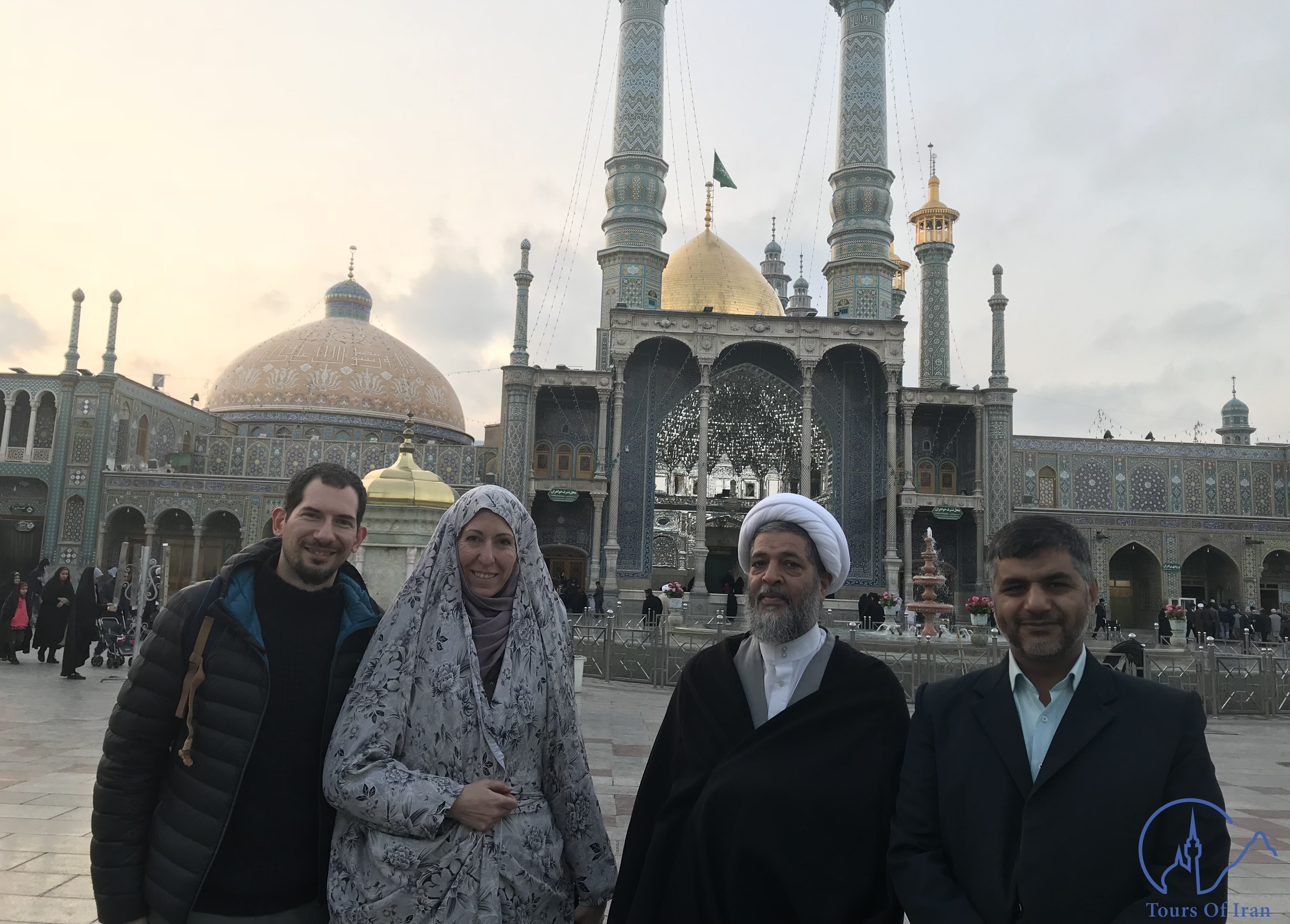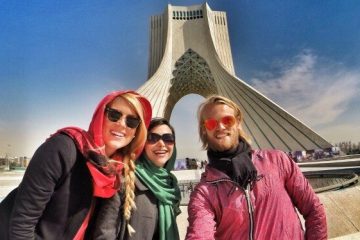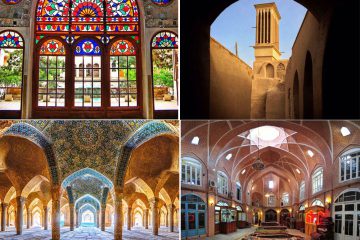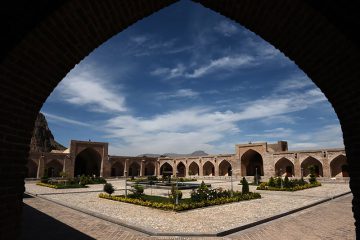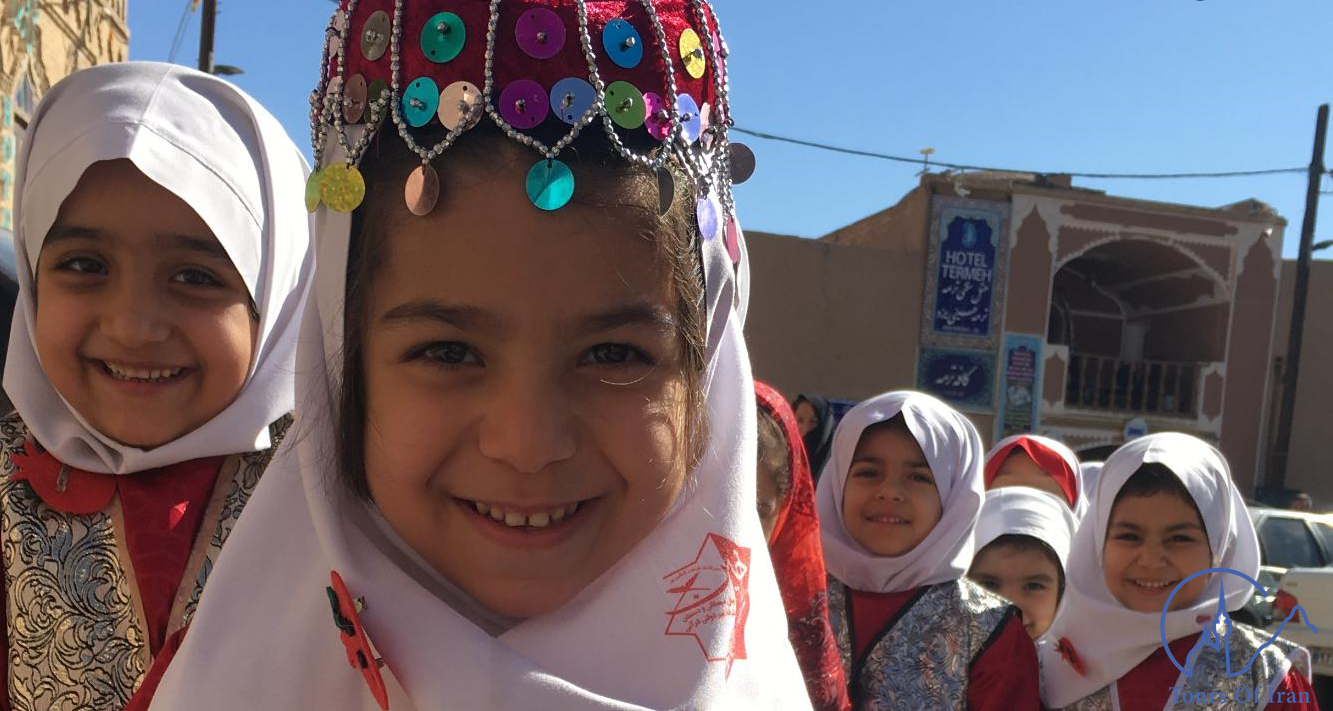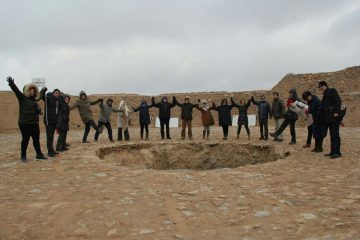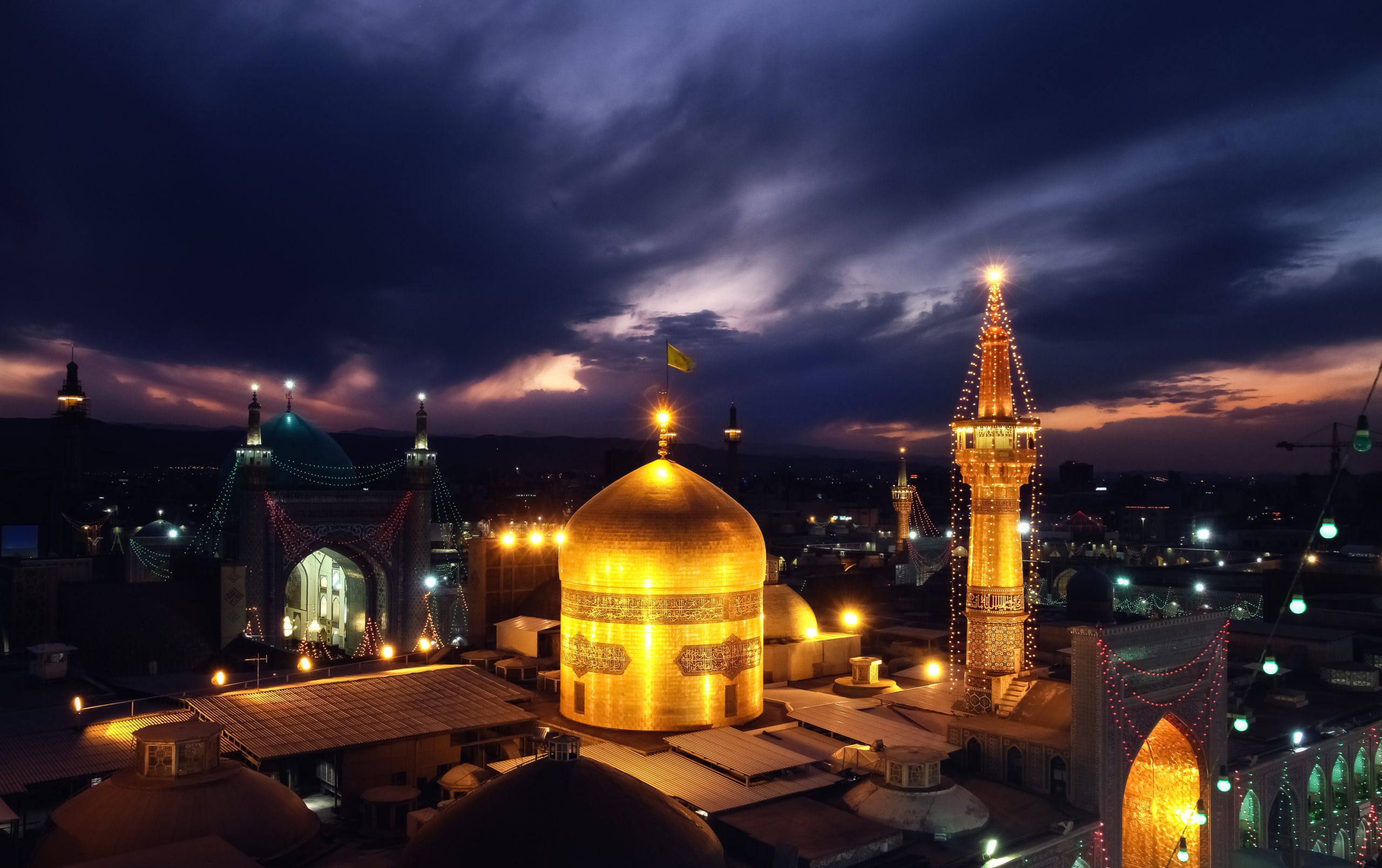
Iran’s Religious Sites
Iran’s Religious Sites: In the cradle of history and culture, Iran stands as a testament to the rich tapestry of beliefs that have woven its narrative over thousands of years. From the ancient teachings of Zoroastrianism to the modern practices of Islam, the religious sites dotting the nation are not just monuments; they are windows into its spiritual evolution. Join us as we embark on a profound journey, exploring these sacred sites that hold the secrets of Iran’s past, shape its present, and inspire its future.
Iran’s Religious Sites: 1. Imam Reza Shrine
Nestled in the northeastern embrace of Iran, within the Razavi Khorasan Province, lies the bustling city of Mashhad. It claims the title of the country’s second-most populous city, but more importantly, it holds the heart of Iran’s spiritual pulse. In the year 2017, Mashhad was crowned the “holy city of Iran,” an honor it earned by becoming the cultural nucleus of the Islamic world. Each year, millions of visitors, many of whom are pilgrims, throng its streets, drawn by its magnetic attractions. This surge of pilgrim footfalls has firmly established Mashhad as the epicenter of Iran’s “pilgrimage tourism.”
At the core of Mashhad’s spiritual prominence stands the magnificent Imam Reza Shrine. Amid the plethora of religious and historical sites scattered across Iran, few command the reverence and allure as this shrine. It stands as an architectural marvel, a testament to both human devotion and creative brilliance.
The roots of the Imam Reza Shrine stretch back over a millennium. Named after Imam Ali ibn Musa al-Reza, the eighth luminary of Twelver Shia Islam, the shrine found its genesis in Mashhad, Iran. The site was chosen due to the tragic demise of the Imam in the area during the 9th century. What commenced as a modest burial place has blossomed into one of the world’s largest religious complexes, drawing millions of devotees annually.
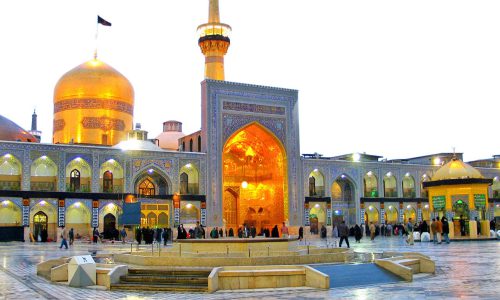
Iran’s Religious Sites: 2. Fatima Masuma Shrine in Qom
Standing proudly as Iran’s seventh most populous city, Qom exudes an air of spirituality that is hard to ignore. Home to over a million souls, this city’s spiritual aura is intertwined with the Holy Shrine of Masuma-e-Qom, sister to the eighth Shia Imam. Qom’s prominence is in a state of constant ascent, transforming it into a thriving urban center that has doubled in size since the Iranian Revolution. Within its confines, Qom houses Islamic schools of great renown, nurturing the Shia faith.
Iran’s Religious Sites: 3. Shah Cheragh Shrine in Shiraz
The sun-soaked city of Shiraz, nestled in the southwestern embrace of Iran, holds the honor of being the capital of the Fars province. Home to around two million residents, Shiraz is not just a city; it’s a symphony of history and culture. In the heart of this vibrant metropolis lies the Shah Cheragh Shrine, a true masterpiece that marries Islamic architecture with profound spirituality. With roots dating back to the 12th century, this shrine carries a history interwoven with the Islamic heritage of Iran. Initially conceived as a tribute to Sayyed Mir Ahmad, brother of Imam Reza, the eighth Shia Imam, the shrine has evolved from a modest burial ground into an architectural marvel that stands as a beacon of faith. The name “Shah Cheragh,” translating to “King of Light,” is a testament to the belief that the shrine emanates a divine radiance, attracting pilgrims from all corners of the globe.
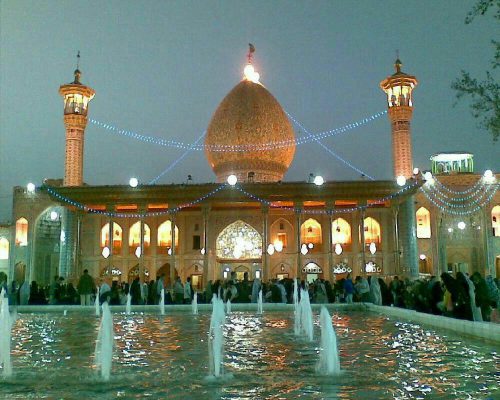
Iran’s Religious Sites: 4. Chak Chak
Centrally situated in Iran, Yazd emerges as the nation’s fifteenth-largest city, home to over a million souls. It’s a city that whispers tales of Zoroastrianism, the ancient faith that found its roots here. Among the captivating landmarks that beckon Zoroastrians from around the world, Ardakan and Chak Chak take center stage. These sanctuaries carry a profound significance, drawing hundreds of pilgrims year after year.
In the northeastern reaches of Yazd, a quiet village named Chak Chak extends an invitation to seekers and devotees. Perched on a sacred mountain, this village echoes the essence of Zoroastrianism, the oldest monotheistic faith. The pilgrimage to Chak Chak is a cherished tradition, a journey undertaken by pilgrims to immerse themselves in its sanctity during specific dates each year.
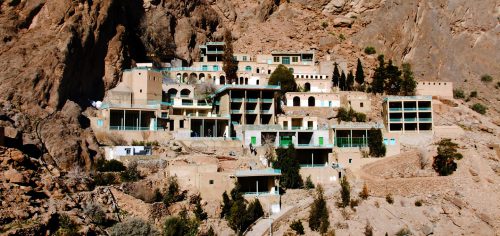
Conclusion of Iran’s Religious Sites
As we tread the spiritual paths of Iran’s cities, we encounter more than just monuments; we encounter the very essence of a nation’s soul. These religious sites stand as bridges between eras, their architectural splendor a testament to human devotion, and their spiritual significance a reminder of the enduring power of faith. From the grandeur of the Imam Reza Shrine in Mashhad to the ethereal glow of the Shah Cheragh Shrine in Shiraz, each site weaves a chapter in the tapestry of Iran’s spiritual journey. As pilgrims and travelers, we stand humbled by the stories etched into these stones, as they continue to guide and inspire generations to come.

